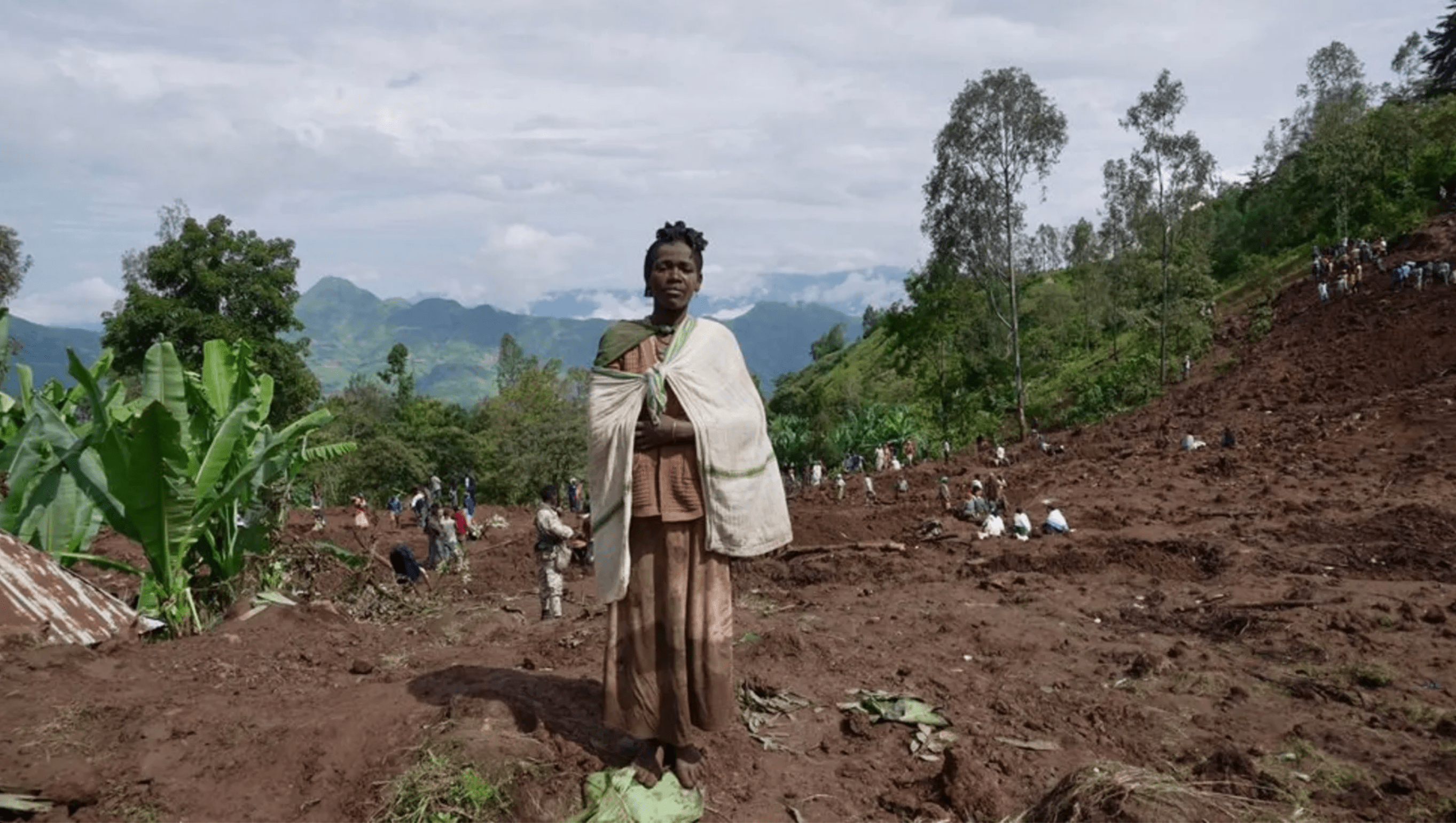ANOTHER 24 000 people are expected to die of AIDS-related illnesses in Namibia next year – making the epidemic the country’s greatest obstacle to achieving the United Nations Millennium Development Goals by 2015.
The Health Ministry projects that an average of 66 people a day will die from the disease in 2005, a major obstacle to attaining sustainable human development in the years to come. “Namibia is facing an HIV-AIDS crisis of devastating proportions,” says the first progress report on the MDGs released by the United Nations last week.While Namibia appears on track to reach most of the other eight goals, the HIV-AIDS situation is termed as “worsening”.A young girl has a 25 per cent likelihood of dying before her 30th birthday, even if she is HIV negative on her 15th birthday.The epidemic is being accelerated by unprotected sex, poverty, alcohol and substance abuse.In accordance with the UN goals, Namibia is expected to reduce the HIV prevalence rate of women between the ages of 13 and 19 from the current 11 per cent to nine per cent by 2006.Since Independence the figure has increased from six per cent.The HIV prevalence rate among women between 20 and 24 years of age increased from 11 per cent in 1992 to 22 per cent last year.The MDG mid-term target is 15 per cent.The disease is also the greatest contributor to Namibia’s growing orphan numbers, currently way in excess of 100 000.Because tuberculosis is among the most common opportunistic infections contracted by people with full-blown AIDS, the TB epidemic has also expanded.Ten per cent of all deaths in Namibia are due to TB.However, the UN report notes that Namibia is doing good work in treating the disease and should reach its success rate of 75 per cent by 2007.The country’s greatest challenge now in terms of stemming the HIV-AIDS pandemic is to maintain a multi-sectoral approach to prevent the spread of the disease while prolonging the lives of those infected by providing cheap and effective drugs.The reduction of poverty will also help improve the situation.The report could not ascertain Namibia’s progress towards attaining the mid-term goal of reducing the proportion of households living in relative poverty to 28 per cent, because of a lack of data.Ten years ago the figure stood at 38 per cent, while nine per cent of households at the time were living in extreme poverty.”The HIV-AIDS epidemic is probably the biggest single challenge to human development in Namibia.It has severe impacts on the incomes of individuals, families and communities,” says the report.AIDS-related illnesses have reduced their ability to work, earn money or teach children essential farming skills.The little money available is being used for medicine, food and funerals.Other than HIV-AIDS, Namibia is not on target for developing a global partnership for development.In 1992, Namibia received per capita overseas assistance of US$130.This figure has decreased to less than half at US$60 in 2003.Namibia is aiming for US$90 by 2006.Areas in which Namibia is regarded as “slow” in attaining its mid-term targets by 2006 are increasing literacy, the number of seats held by women in parliament, access to basic sanitation and land and decreasing child mortality.Infant mortality stands at 52 infants for every 1000 births (the target is 36 by 2006), while under-five mortality is 71 for every 1000 births (the target is 54 by 2006).At least 24 per cent of children under the age of five are underweight.The aim is to reduce this figure to 17 per cent by 2006.”Namibia is facing an HIV-AIDS crisis of devastating proportions,” says the first progress report on the MDGs released by the United Nations last week.While Namibia appears on track to reach most of the other eight goals, the HIV-AIDS situation is termed as “worsening”.A young girl has a 25 per cent likelihood of dying before her 30th birthday, even if she is HIV negative on her 15th birthday.The epidemic is being accelerated by unprotected sex, poverty, alcohol and substance abuse.In accordance with the UN goals, Namibia is expected to reduce the HIV prevalence rate of women between the ages of 13 and 19 from the current 11 per cent to nine per cent by 2006.Since Independence the figure has increased from six per cent.The HIV prevalence rate among women between 20 and 24 years of age increased from 11 per cent in 1992 to 22 per cent last year.The MDG mid-term target is 15 per cent.The disease is also the greatest contributor to Namibia’s growing orphan numbers, currently way in excess of 100 000.Because tuberculosis is among the most common opportunistic infections contracted by people with full-blown AIDS, the TB epidemic has also expanded.Ten per cent of all deaths in Namibia are due to TB.However, the UN report notes that Namibia is doing good work in treating the disease and should reach its success rate of 75 per cent by 2007.The country’s greatest challenge now in terms of stemming the HIV-AIDS pandemic is to maintain a multi-sectoral approach to prevent the spread of the disease while prolonging the lives of those infected by providing cheap and effective drugs.The reduction of poverty will also help improve the situation.The report could not ascertain Namibia’s progress towards attaining the mid-term goal of reducing the proportion of households living in relative poverty to 28 per cent, because of a lack of data.Ten years ago the figure stood at 38 per cent, while nine per cent of households at the time were living in extreme poverty.”The HIV-AIDS epidemic is probably the biggest single challenge to human development in Namibia.It has severe impacts on the incomes of individuals, families and communities,” says the report.AIDS-related illnesses have reduced their ability to work, earn money or teach children essential farming skills.The little money available is being used for medicine, food and funerals.Other than HIV-AIDS, Namibia is not on target for developing a global partnership for development.In 1992, Namibia received per capita overseas assistance of US$130.This figure has decreased to less than half at US$60 in 2003.Namibia is aiming for US$90 by 2006.Areas in which Namibia is regarded as “slow” in attaining its mid-term targets by 2006 are increasing literacy, the number of seats held by women in parliament, access to basic sanitation and land and decreasing child mortality.Infant mortality stands at 52 infants for every 1000 births (the target is 36 by 2006), while under-five mortality is 71 for every 1000 births (the target is 54 by 2006).At least 24 per cent of children under the age of five are underweight.The aim is to reduce this figure to 17 per cent by 2006.
Stay informed with The Namibian – your source for credible journalism. Get in-depth reporting and opinions for
only N$85 a month. Invest in journalism, invest in democracy –
Subscribe Now!






